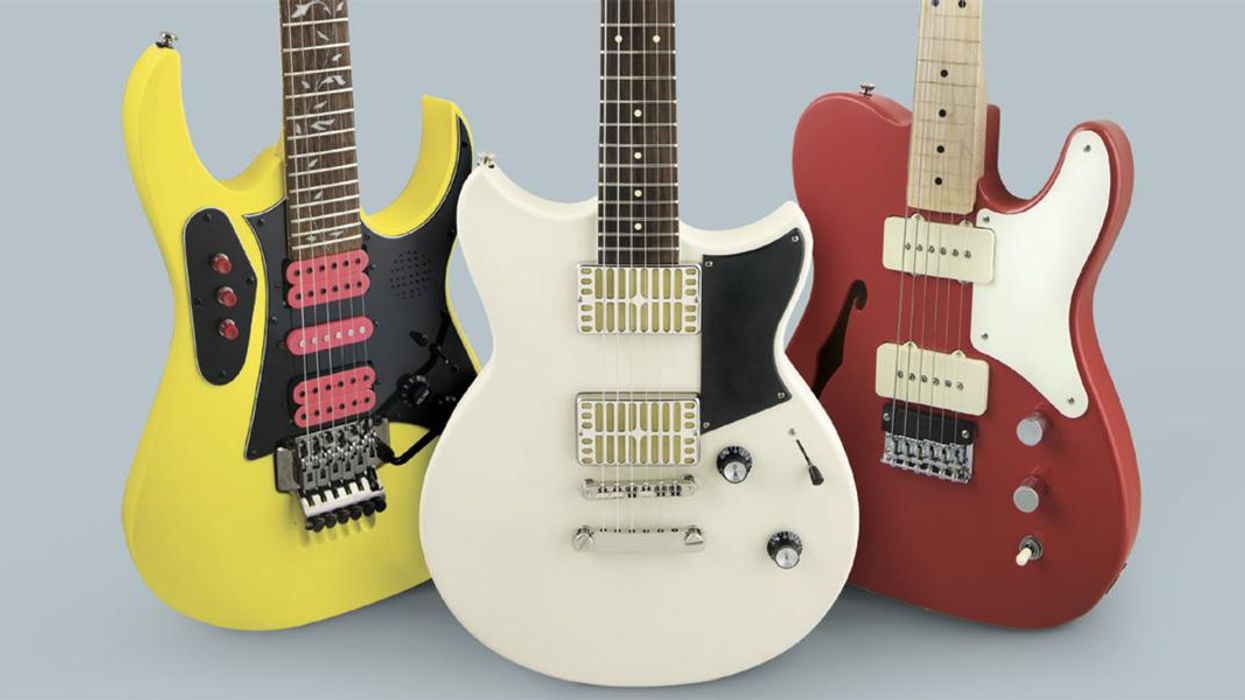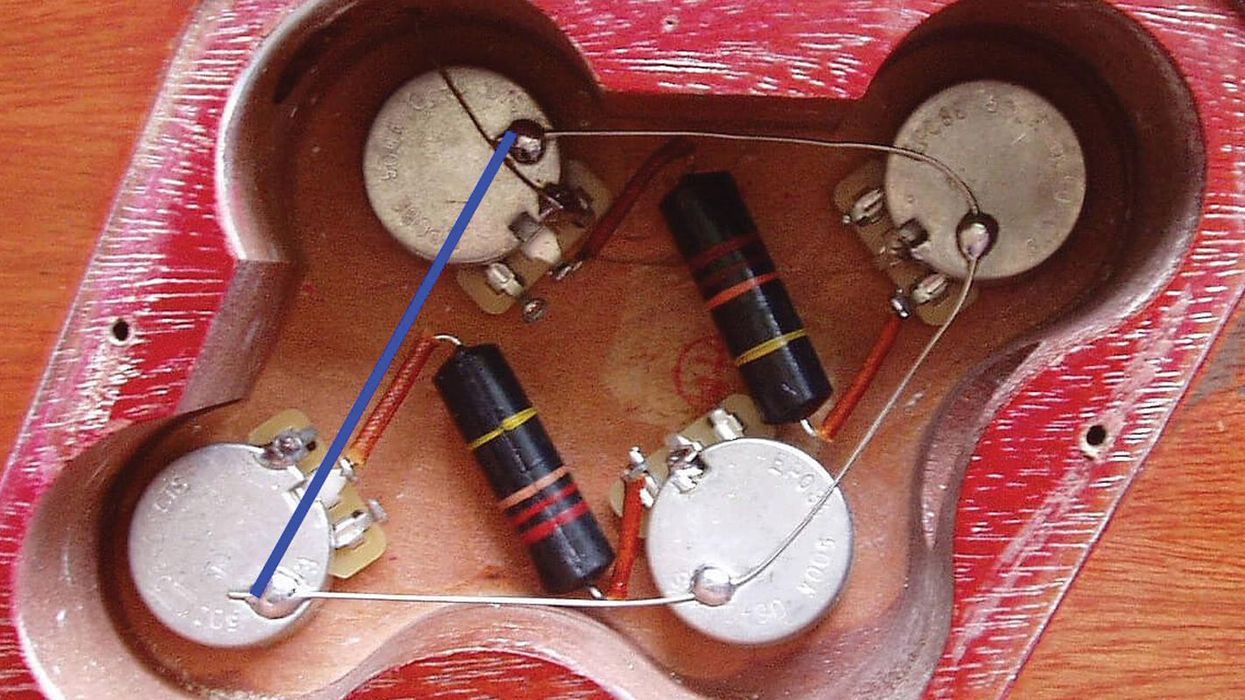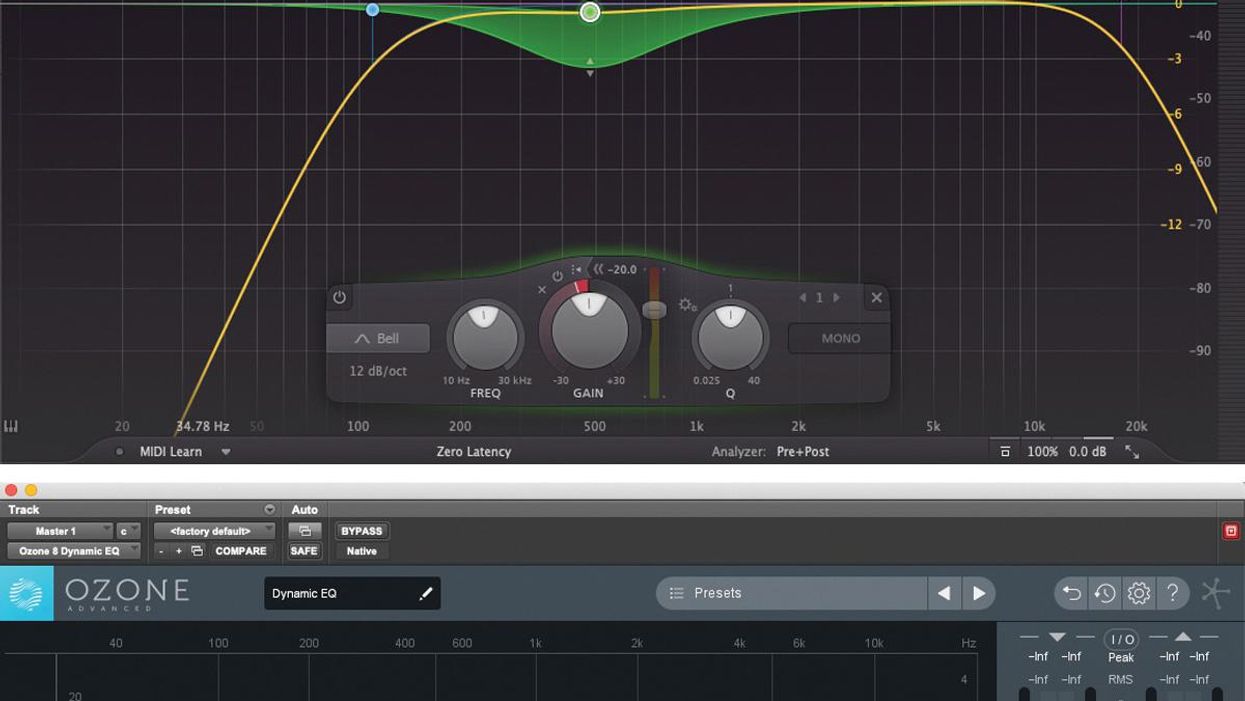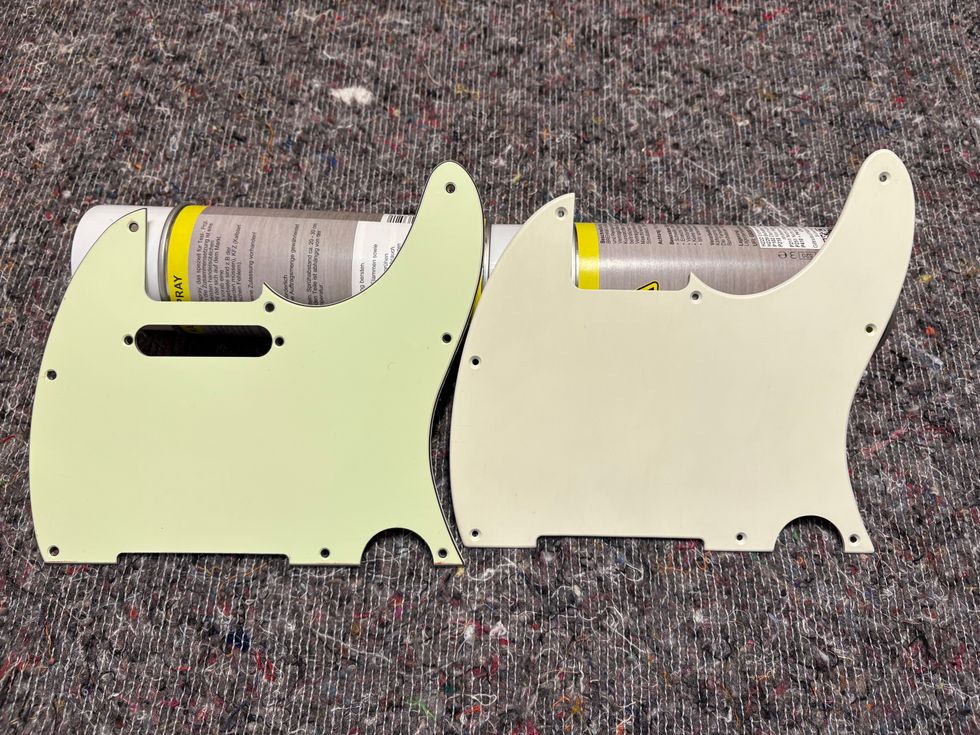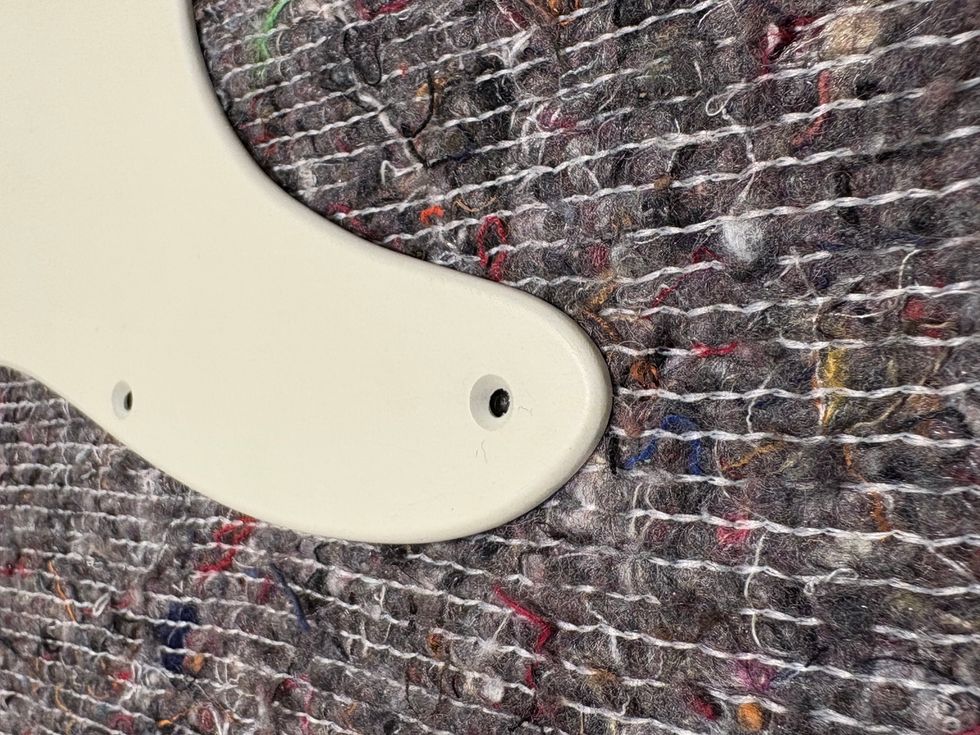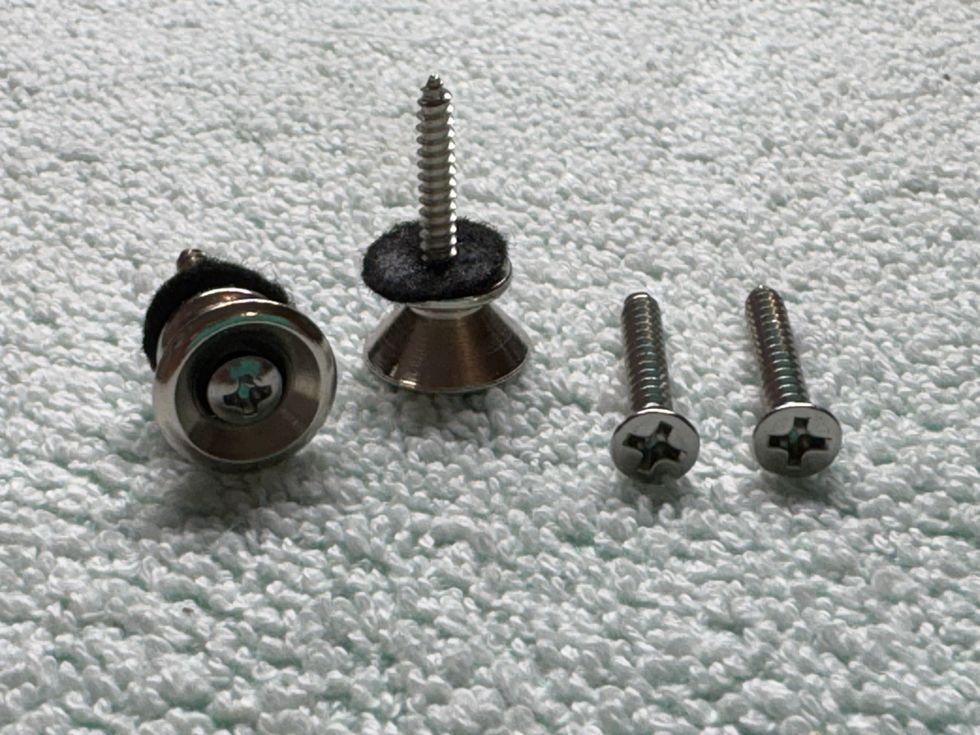  |
| Hi Jeff, I have a dual EL34, 50-watt Top Hat Emplexador Amp, modified with a Mercury Magnetics output tranny, FRED rectifier diodes and an additional 12AX7 for switchable high-gain. It is a great sounding amp, but I would like to see how it would sound with KT66s instead of EL34s. There are two unused power tube holes in the chassis, probably intended for the 100-watt version. I could put KT66s in there and then have a switch on the rear panel to choose between the two pairs (but not at the same time, the transformers probably wouldn''t permit it). My questions are: 1. Will KT66s work well with the anode voltage intended for EL34s (427V)? 2. Will the power tranny allow me to heat all four tubes at once or do I need to have that switchable as well? 3. What is approximate bias voltage range of the KT66 compared to that of EL34s? 4. Will the values of components around the KT66s in the Bluesbreaker circuit work equally well in my case? 5. Any other suggestions would be greatly appreciated. Thanks, Zoran from L.A. |
Hi Zoran,
Thanks for reading the column. I also appreciate the fact that you sent along a schematic of your amp; while we won’t be publishing it out of respect for Top Hat, I will be basing my assessment on it. Okay, let’s get to your many questions.
Installing KT66s in your Emplexador, in my opinion, can be done, but we’ll need to cover the rights and wrongs and do’s and don’ts so that you’ll be successful and know what to expect.
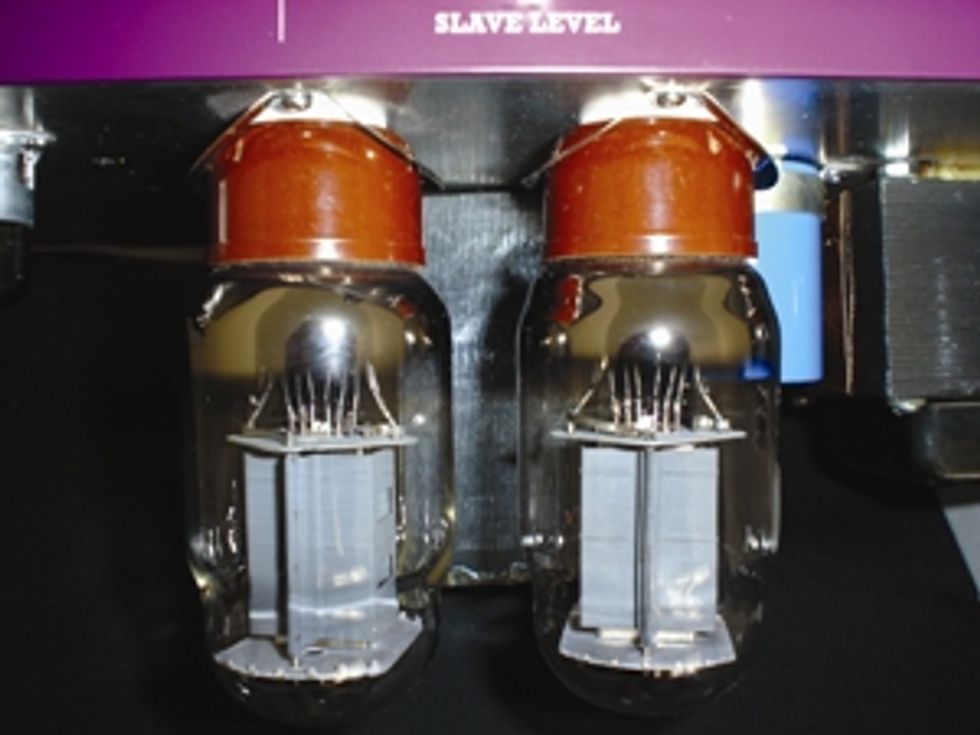 |
Your next question deals with the power transformer’s ability to support two additional output tubes. Although I’m sure it has been done in many amp modifications over the years, the theoretical answer is no. Power (or Mains) transformers are usually designed to support the tube compliment that will be used in the amp. Adding an additional preamp tube or two, as you have done, generally will not overtax the transformer, as the additional filament current draw is minimal. When you start adding additional output tubes to the filament supply, transformer performance begins to be affected. Since the filament current draw on each of the KT66s is approximately 1.25A, the additional draw on the filament line would be 2.5A. This would pull down the filament voltage as well as increase the transformer operating temperature. My suggestion would be to chassis mount an additional transformer with an output of 6.3 VAC at 3A and use that to power the filaments of the KT66 tubes. If the transformer has a center tap on the secondary, ground the center tap. If not, install additional 100-ohm hum balance resistors from each leg to ground.
Now on to biasing. The bias voltage needed to properly bias the KT66s will more than likely need to be 3 to 4 VDC more negative than the voltage currently supplied to the EL34s. There are a couple of different options that can be explored here. The first would be to add another resistor in series with the 22k resistor in the bias circuit to sufficiently raise the voltage range. It could then be switched in and out, depending on the output tubes in use. This option, however, would leave you with only one adjustment for setting the bias of both types of output tubes. This, while not optimal, is certainly an acceptable compromise.
The other option would be to install another 25k trim pot and series resistor in parallel with the existing bias trim pot and resistor. If you choose this option it will reduce the existing bias voltage due to an increased load on the bias supply. You will need to increase the value of the existing 22k resistor to compensate for this. I would suggest a 33k resistor to replace the existing 22k, along with possibly a 47k for the additional bias supply. Biasing the KT66s to approximately 40mA idle current should yield a pretty decent result.
The component values in the output stage of a Bluesbreaker should work just fine for this project. Use 470-ohm screen grid resistors, 220k bias resistors and don’t forget to install 4.7k or 5.6k grid resistors to alleviate any parasitic oscillation.
As far as suggestions, my biggest one would be prior to all this modification work; simply plug the KT66s into the amp (if the current chassis spacing permits those behemoths), set the bias for as close to 40mA as you can get, let it rip and see if you like it. It won’t be perfect, but it’ll be close enough for rock n’ roll!
Jeff Bober
Co-Founder and Senior Design Engineer – Budda Amplification
jeffb@budda.com
www.budda.com
©2007 Jeff Bober




